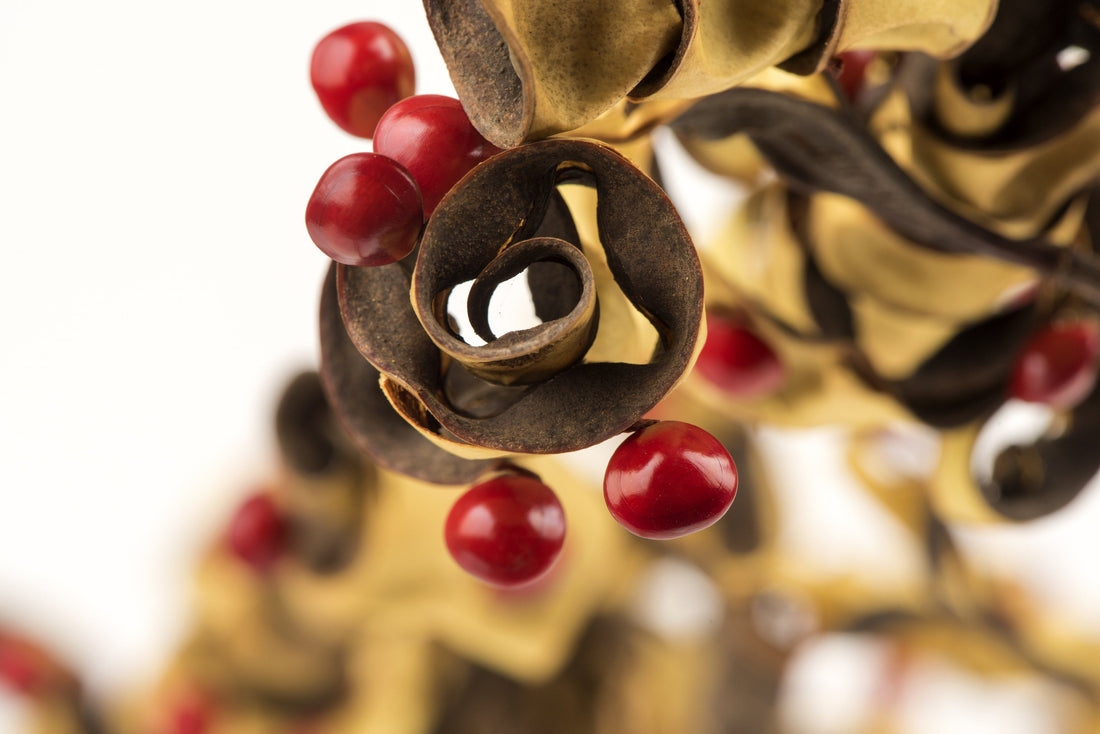In three words, the concept of Satyam, Shivam, Sundaram gives the philosophy of life for people of diverse pursuits. We are born with one dominating key form the trinity, and as we nurture the prevailing virtue, the others blossom as well. Life is about experiences and expressions of the three, to make it meaningful. Beauty leads to the inception of healthy and higher imagination and brings expression of truth to the tongue.
Indian mythology and traditions are a never-ending rendezvous of regions, habits and lifestyles. In the Hindu calendar, the fifth month is designated as Shravan. The word is drawn from Shravan Nakshatra and is considered the best time for all religious ceremonies. Also marking the beginning of the monsoon in the Indian subcontinent. The earth is sprinkled with shower when millions turn to Shiva.
The epitome of beauty, grace and generosity of Earth and a reminder that the distinct monsoonal sentiment that lingers in the air as the days get shorter, August encompasses the irrevocable relation that manifests itself in religion, tradition and indigenous way of life. This festive season, let us revive the Indian rituals that have been garnished with love, respect and care for the analogy that extends mystical beauty of nature to harmonize the mind, body and soul.
- FLOWER POWER: With its distinctive beauty, the Jasmine adorns flower beds to Vedas, romance to beauty, and food to thought. Considered Satvic and pure, historically, though centuries apart, the love for plant of love was common, as depicted by royals, commoners, buyers, growers and sellers in Indian mythology. As an intrinsic part of the social fabric, the widely accepted symbol of love and beauty, the flower with 36-hour long fragrance, sheer whiteness and thick petals is an element of luxurious essence.
With its combination of compounds as salicylic acid and linalool, the astringent-like and cooling properties also serve as an aphrodisiac and improve skin elasticity, oil production balance and the aroma is a concoction of relaxation and tension, as a hair accessory, the honoured symbol from the foot of Himalayas is also an adornment of Lord Vishnu, the preserver of the Universe.
- KOHL: Women made their own kohl, by dipping a cotton ball in ghee and lighting it to create a flame. Then, the flame is covered with a tin, which causes the development of soot, which is used for kajal of eyeliner. It also holds a place in ancient Ayurveda due to its medicinal properties, and to ward off evil eye. Before it became a fashion statement, it was used to protect the eye from infections and as a strengthening of eyes in the tropical country. Whether it is to accentuate the big eyes, or empowering them, it symbolises the woman’s beauty and confidence. Deities from Indian mythology as Goddess Kali, Lord Krishna, sadhus and sevaks from the Vedas, all of them have been known to use the kajal exaggeratedly.
- OILS: Indigenous people used nature’s resources to create magic potions that had healing and therapeutic properties. Extracted from the root, stem, twigs and petals, the extracts were highly sophisticated chemical factories that produced important compounds that were renowned for great curative powers. India with its emporium of varied soil and climatic conditions is richly blessed with flora and fauna. Charak Samhita regards them as liquid nutritional goldmine is an assimilating element is called Sneha. As a synonym of love, the nourisher provides a profound feeling of strength, stamina, sustenance and serenity.
- MEHENDI: Regarded as “Mahavar” in North and Central India, the presence can be witnessed in mythology where Krishna paints the hands of his loved ones with betel leaf juice. Proudly standing as part of the 16 shringar of the quintessential Indian bride, it is a powerful medicinal herb, with an underlying belief that, the more intricate application and darker the hue is, the happier the life of the couple. The beautification of hands and feet is an auspicious tradition with its roots firmly grounded in its representation of prosperity and fertility.
- SANDALWOOD: The woven charisma of sandalwood tree in Indian tradition, along with its stature of being the world’s second most expensive tree. As a sacrament for every Hindu ritual and cultural phenomenon. For cosmetic and therapeutic value, it is considered an epitome of heavenly fragrance and a natural disinfectant, sedative and a soothing agent for the nervous system, the evergreen tree works in aligning oneself with the primitive temple of body by eradicating the ailments with as natural ease as it takes the worshipper closer to the supreme being by applying it on the forehead.
Truth, goodness and beauty can never be destroyed. As a cornerstone of Indian aesthetics, it embarks on the reintegration of simplicity and knowledge into the higher evolutions of nature. The flow of interchangeable, re-combinatory and perfectible simplicity in the physical, emotional, mental, intellectual and moral values to foster and nourishing relation between the nature and you.

